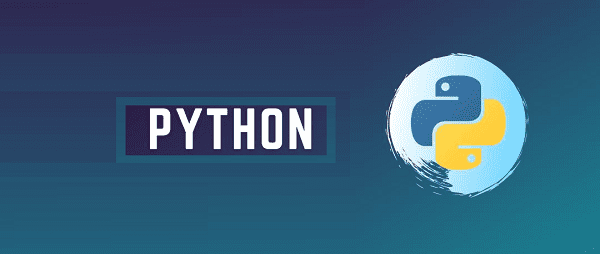- Actualités
- Comment le faire?
- Calculateur de surfaces
- Calculateur de volume
- Calculatrice simple
- Calculatrice scientifique
- Calculateur d'anneau
- Border radius
- Box shadow
- Transform
- Conversion de données
- Convertisseur d'unité facile
- Compresseur d'images
- Compresseur de fichiers
- Sélecteur de couleurs RVB
- Jouer à des jeux en ligne

Télécharger des logiciels
- IDE et langages de programmation
- Réseau et internet
- Sistemes d'exploitation
- Graphisme
- Android et iOS
- Radio et television
- Antivirus et sécurité
- Logiciels de chat
- Utilités
- Video
- Audio
- Jeux de PC
How to create and initialize a Python dictionary | |
 | |
| This article explains how to create and initialize a dictionary in Python. | |
| A dictionary is made up of key-value pairs. There are several ways to create and initialize a dictionary in Python, as shown below: | |
| Using the dictionary constructor | |
| The dict() dictionary constructor returns a new dictionary which is initialized from the specified arguments. | |
| ⮚ If a mapping object is passed to the dictionary constructor, the dictionary is created with the same key-value pairs as the mapping object. | |
if __name__ == '__main__':
d = dict(A=1, B=2, C=3)
print(d) # {'A': 1, 'B': 2, 'C': 3}
|
| ⮚ You can also pass an iterable to the dictionary constructor, where each element of the iterable must be another iterable with two objects. | |
| This returns a new dictionary with the first object of each element as the key and the second object as the corresponding value. Note that if a key is repeated, the resulting dictionary contains the last value of that key. | |
if __name__ == '__main__':
x = dict(zip(['A', 'B', 'C'], [1, 2, 3]))
print(x) # {'A': 1, 'B': 2, 'C': 3}
y = dict([('B', 2), ('A', 1), ('C', 3)])
print(y) # {'A': 1, 'B': 2, 'C': 3}
z = dict({'A': 1, 'B': 2, 'C': 3})
print(z) # {'A': 1, 'B': 2, 'C': 3}
|
| ⮚ If no argument is passed to the dictionary constructor, an empty dictionary is created. | |
if __name__ == '__main__':
d = dict()
print(d) # {}
|
| Using dictionary literal syntax | |
| Dictionaries can also be created by enclosing a comma-separated list of key: value pairs in braces. | |
if __name__ == '__main__':
d = {'A': 1, 'B': 2, 'C': 3}
print(d) # {'A': 1, 'B': 2, 'C': 3}
|
| If no key-value pair is passed, an empty dictionary is created. | |
if __name__ == '__main__':
d = {}
print(d) # {}
|
| Using fromkeys() function | |
| If you want to initialize all dictionary keys with a default value, you can use the fromkeys() function. | |
if __name__ == '__main__':
x = dict.fromkeys(['A', 'B', 'C'], 0)
print(x) # {'A': 0, 'B': 0, 'C': 0}
|
| If no default value is specified, the dictionary is initialized with all values as None. | |
if __name__ == '__main__':
x = dict.fromkeys(['A', 'B', 'C'])
print(x) # {'A': None, 'B': None, 'C': None}
|
| Note that if the default value is editable, it may cause unexpected results. For example, in the following program, all keys are mapped to the same list. This means that any change made to one value will be reflected in all values in the dictionary. | |
if __name__ == '__main__':
x = dict.fromkeys(['A', 'B', 'C'], [])
x.get('A').append(1)
print(x) # {'A': [1], 'B': [1], 'C': [1]}
|
 |
 FR
FR 
 English - EN
English - EN  Español - ES
Español - ES 





